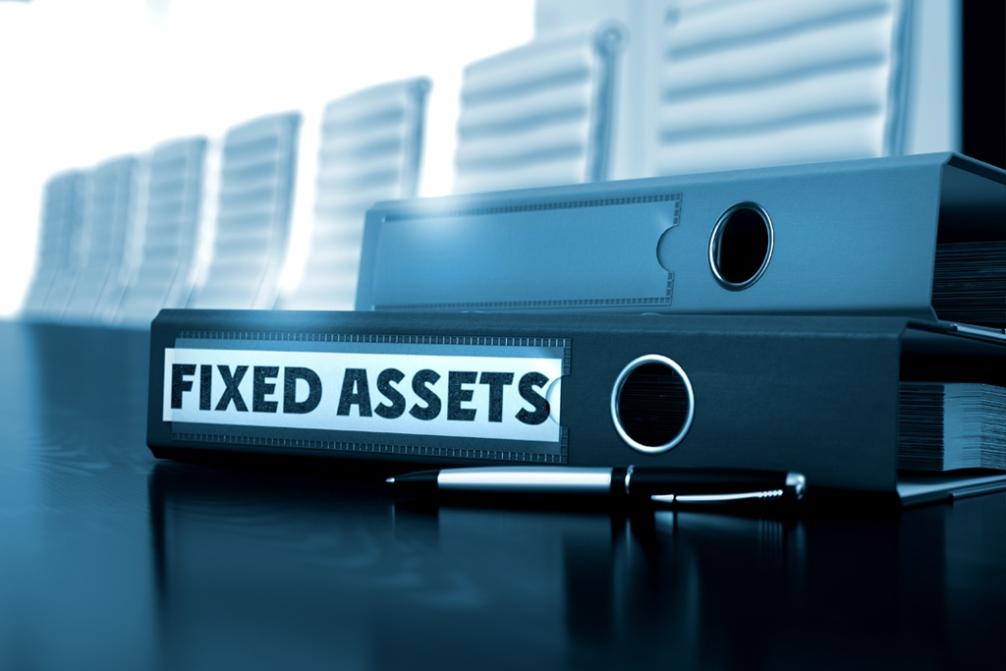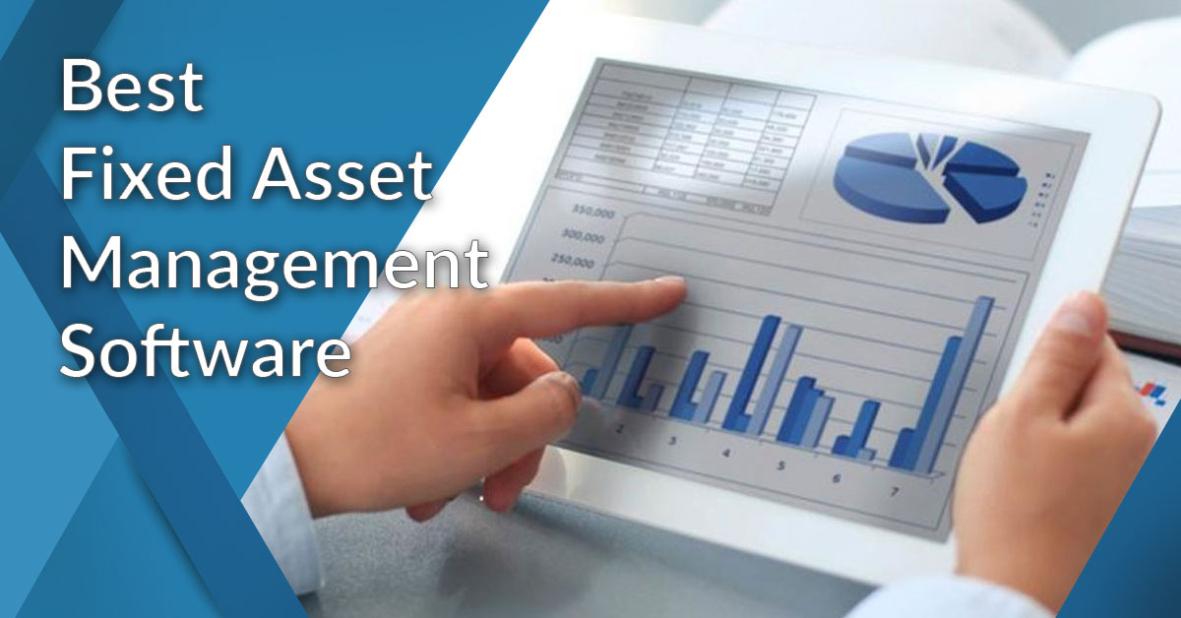What Are the Best Practices for Fixed Asset Management?
Fixed assets are long-term tangible assets that a company owns and uses in its operations. They include property, plant, and equipment (PP&E), as well as other assets such as vehicles, furniture, and fixtures. Effective fixed asset management is essential for businesses to optimize their operations, control costs, and make informed investment decisions.

Definition Of Fixed Assets
Fixed assets are tangible assets that have a useful life of more than one year and are not intended for sale in the ordinary course of business. They are typically used in the production or delivery of goods or services.
Importance Of Fixed Asset Management
Effective fixed asset management is important for businesses for several reasons:
- Optimizing asset utilization: Proper management of fixed assets ensures that they are used efficiently and effectively, maximizing their productivity and minimizing downtime.
- Controlling costs: Effective maintenance and repair practices can extend the lifespan of fixed assets, reducing the need for replacements and minimizing operating expenses.
- Making informed investment decisions: Accurate and up-to-date information about fixed assets helps businesses make informed decisions about capital expenditures, asset upgrades, and replacements.
- Complying with regulations: Many industries have specific regulations regarding the management and disposal of fixed assets. Effective fixed asset management helps businesses comply with these regulations and avoid legal penalties.
Benefits Of Effective Fixed Asset Management
Effective fixed asset management can provide several benefits to businesses, including:
- Increased asset utilization: Proper management practices can optimize asset utilization, leading to increased productivity and efficiency.
- Reduced operating costs: Effective maintenance and repair practices can extend the lifespan of fixed assets, reducing the need for replacements and minimizing operating expenses.
- Improved decision-making: Accurate and up-to-date information about fixed assets helps businesses make informed decisions about capital expenditures, asset upgrades, and replacements.
- Enhanced regulatory compliance: Effective fixed asset management helps businesses comply with industry regulations regarding the management and disposal of fixed assets, avoiding legal penalties.
Key Elements Of Fixed Asset Management

Effective fixed asset management involves several key elements:
Asset Identification And Classification
- Assigning unique identifiers: Each fixed asset should be assigned a unique identifier, such as a serial number or barcode, for easy identification and tracking.
- Categorizing assets based on type, location, and usage: Assets should be categorized based on their type (e.g., equipment, vehicles, furniture), location (e.g., office, warehouse, manufacturing plant), and usage (e.g., production, administrative, marketing).
- Maintaining an accurate asset register: An asset register is a central repository of information about all fixed assets, including their unique identifiers, descriptions, locations, and acquisition dates.
Asset Acquisition And Disposal
- Establishing a formal acquisition process: A formal process should be established for the acquisition of fixed assets, including budget approval, vendor selection, and contract negotiation.
- Documenting asset purchase and disposal transactions: All asset purchase and disposal transactions should be properly documented, including invoices, receipts, and disposal records.
- Verifying and updating asset records accordingly: Asset records should be verified and updated regularly to reflect changes in asset ownership, location, and condition.
Asset Maintenance And Repair
- Developing a preventive maintenance schedule: A preventive maintenance schedule should be developed and implemented to ensure that fixed assets are regularly inspected and maintained to prevent breakdowns and extend their lifespan.
- Responding promptly to asset breakdowns: When asset breakdowns occur, they should be promptly addressed to minimize downtime and prevent further damage.
- Keeping detailed maintenance records: Detailed maintenance records should be kept for each fixed asset, including the date and type of maintenance performed, the parts replaced, and the cost of the maintenance.
Asset Utilization And Performance Monitoring
- Tracking asset usage and performance: Asset usage and performance should be tracked to identify underutilized or non-performing assets.
- Identifying underutilized or non-performing assets: Underutilized or non-performing assets should be identified and evaluated for potential disposal or repurposing.
- Optimizing asset utilization through effective scheduling: Asset utilization can be optimized by scheduling assets effectively to avoid conflicts and maximize productivity.
Asset Valuation And Depreciation
- Determining the initial cost and fair value of assets: The initial cost and fair value of fixed assets should be determined at the time of acquisition.
- Calculating depreciation expenses in accordance with accounting standards: Depreciation expenses should be calculated in accordance with applicable accounting standards to allocate the cost of fixed assets over their useful lives.
- Updating asset values regularly: Asset values should be updated regularly to reflect changes in market conditions and asset condition.
Best Practices For Fixed Asset Management
In addition to the key elements of fixed asset management, there are several best practices that businesses can adopt to improve their fixed asset management practices:
Centralized Asset Management System
- Utilizing a dedicated software or platform: A dedicated software or platform can be used to centralize asset data and facilitate real-time asset tracking and reporting.
- Ensuring data accuracy and consistency: Data accuracy and consistency should be ensured by implementing data validation and verification procedures.
- Facilitating real-time asset tracking and reporting: Real-time asset tracking and reporting capabilities can provide valuable insights into asset utilization and performance.
Regular Asset Audits And Inspections
- Conducting periodic physical audits to verify asset existence: Periodic physical audits should be conducted to verify the existence and condition of fixed assets.
- Performing condition assessments to identify maintenance needs: Condition assessments should be performed to identify maintenance needs and prioritize maintenance activities.
- Updating asset records based on audit findings: Asset records should be updated based on the findings of audits and inspections to ensure accuracy and completeness.
Effective Asset Maintenance And Repair
- Implementing a preventive maintenance program: A preventive maintenance program should be implemented to ensure that fixed assets are regularly inspected and maintained to prevent breakdowns and extend their lifespan.
- Using qualified technicians and appropriate spare parts: Qualified technicians and appropriate spare parts should be used to ensure the quality and effectiveness of maintenance and repair activities.
- Maintaining detailed maintenance logs: Detailed maintenance logs should be kept for each fixed asset, including the date and type of maintenance performed, the parts replaced, and the cost of the maintenance.
Proper Asset Disposal And Retirement
- Establishing a formal disposal process: A formal disposal process should be established to ensure that fixed assets are disposed of in a responsible and environmentally friendly manner.
- Ensuring compliance with environmental regulations: Compliance with environmental regulations regarding the disposal of fixed assets should be ensured.
- Recovering maximum value through sale or salvage: Maximum value should be recovered from the disposal of fixed assets through sale or salvage.
Continuous Asset Performance Monitoring
- Tracking key performance indicators (KPIs): Key performance indicators (KPIs) related to asset utilization, efficiency, and reliability should be tracked to assess asset performance.
- Identifying trends and patterns in asset performance: Trends and patterns in asset performance should be identified to detect potential problems and opportunities for improvement.
- Making data-driven decisions to improve asset utilization: Data-driven decisions should be made to improve asset utilization, reduce downtime, and optimize asset performance.
Recap Of Key Points

Effective fixed asset management is essential for businesses to optimize their operations, control costs, and make informed investment decisions. Key elements of fixed asset management include asset identification and classification, asset acquisition and disposal, asset maintenance and repair, asset utilization and performance monitoring, and asset valuation and depreciation. Best practices for fixed asset management include utilizing a centralized asset management system, conducting regular asset audits and inspections, implementing effective asset maintenance and repair practices, establishing a proper asset disposal process, and continuously monitoring asset performance.
By adopting these best practices, businesses can improve their fixed asset management practices, optimize asset utilization, reduce costs, and make informed decisions to improve their overall financial performance.
YesNo

Leave a Reply